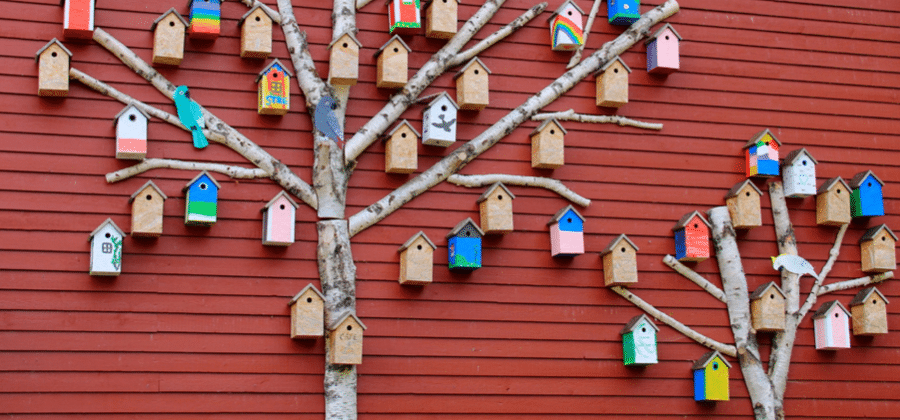
The US may be facing the most severe housing crisis in its history. Restrictive building regulations and zoning have pushed real estate prices out of reach for more and more Americans. The problem, which has been growing for the last fifty years, has been sharply accelerated by the pandemic.
While some progress is being made, the rate of homelessness is outstripping policymaking to squash it. This problem requires more creative responses, both long-term and temporary, that recognize the unique characteristics of cities and their populations.
Vacant land
Many cities have vacant and underutilized land. There’s a growing awareness that cities are the most sustainable places to live and this makes vacant lots in cities quite attractive. Often small in size, they can be well-suited for the building of small, affordable homes. Developers and architects are turning their attention to these lots in an effort to make an impact on housing affordability. Architects like Brian Gaudio, turned housing manufacturer, who launched his company Module to build efficient infill homes. Or Jonathan Tate, a New Orleans- based architect who focused on designing and building affordable housing on odd-shaped and forgotten lots. One of his projects, Starter Home Two, was built using crowdfunded equity raised through Small Change.
Adaptive reuse
Underutilized government offices, hotels and shuttered public schools might also help to solve the housing shortage. The pandemic has increased the inventory of buildings that now stand vacant. And some developers and investors are creatively acting upon the opportunity.
Repvblik, an LA development company, has built its practice around adaptive reuse since 2015. In Branson, Missouri, they have converted a Days Inn Hotel into affordable housing, turning 423 hotel rooms into 341 affordable multifamily units. Plato’s Cave now includes coworking spaces, meeting rooms, a gym, a communal kitchen and dining room for functions, a beach volleyball court, and free-to-use bicycles. The cost of conversion for this project was less than half of the cost of building a new property. Starcity, a San Francisco-based company, is also converting defunct and underused commercial and hospitality spaces. And ASK Studio, an architectural firm, has converted an 1888 local high school, in Clinton, Iowa, into 16 affordable multifamily units.
Empty rooms
But what about homeowners who are feeling the squeeze and have a spare room or two in their home? Or real estate owners who are just not realizing the appropriate rent for their property? Atticus LeBlanc, an affordable housing advocate for over a decade now, founded Padsplit to address affordable housing a little differently. Instead of building new, he advocates for using every empty space in every home for an abundance of affordable living options. On Padsplit, a technology platform, homeowners can list a room, or find a local contractor to reconfigure their home so that they can share it with multiple tenants. On the outside, a PadSplit looks like any other traditional home. But on the inside each house typically has five to eight furnished bedrooms, with shared bathrooms, kitchen, dining, and laundry rooms (no living rooms). Utilities, internet service and cleaning is included in weekly rent, making these “pads” extremely flexible housing options. Padsplit homes are designed to allow single person households, or individual workers in our communities, to be able to rent individual rooms rather than entire homes.
Want to learn more? Listen in to my podcast conversation with Atticus.
Image by Htm CC BY 4.0, via Wikimedia
